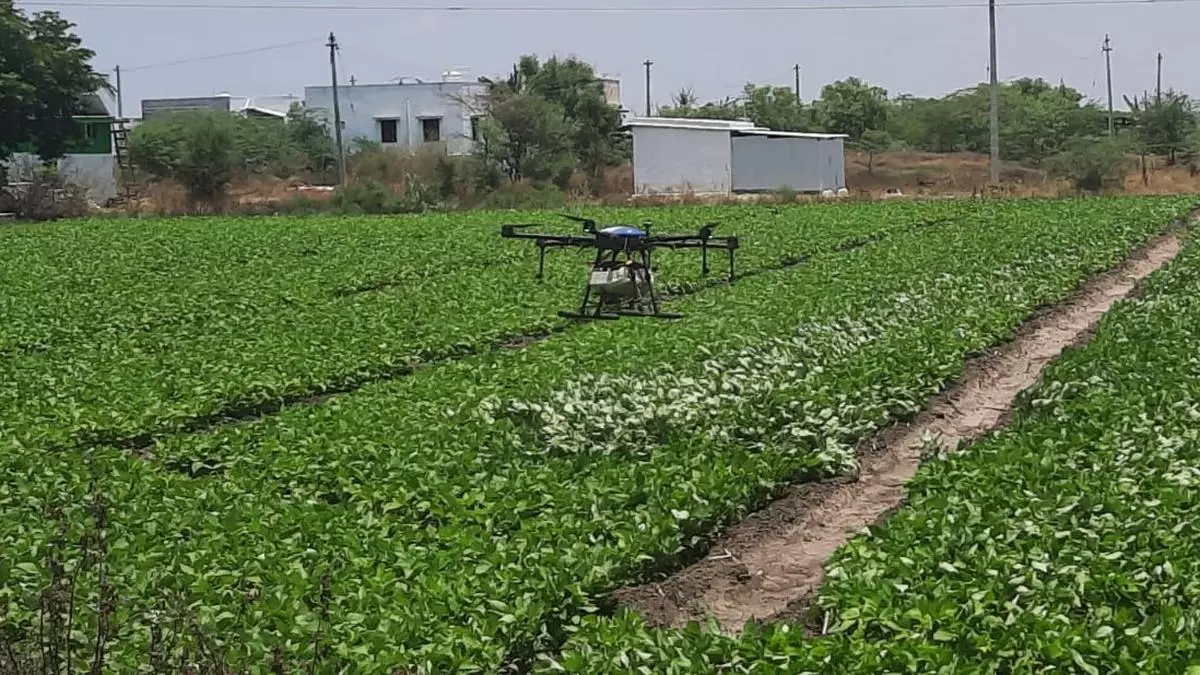Fertiliser makers want review of NBS subsidy as global prices rise
With global prices of D-ammonium phosphate (DAP) rising to $590/tonne now from $440/tonne in July, fertiliser companies are of the view that the subsidy level in phosphorus (P) needs to be enhanced to maintain the current retail price of DAP at ₹1,350/bag (of 50 kg). For the Rabi 2023 season, the Government had cut the subsidy on phosphorus (P) to ₹20.82/kg from ₹66.93/kg in last Rabi season and ₹41.03/kg in Kharif 2023.
Addressing media on Monday, Fertiliser Association of India (FAI) Chairman N Suresh Krishnan said that among the non-urea fertilisers, globally the DAP price is the highest whereas in India it is lower than MOP and complex. This should be addressed with policy changes, he suggested.
He said that international price volatility and downward correction in nutrient-based subsidy (NBS) rates for Rabi 2023-24 are affecting the viability of P and potash (K) sector. “The sharp reduction in NBS rates for K over the last few years is affecting the availability of the important primary nutrient in the soil and further widening the N:P:K use ratio,” he added.
Raising industry’s concern, Krishnan said that the NPK use ratio, which was corrected to 4.3:2:1 (near ideal) in 2009-10, has again distorted and reached 12.8:5:1 for Kharif 2022 and 10.9:4.9:1 during Kharif 2023.
Experts and manufacturers said that the imbalanced use of fertiliser is mainly contributed by highly subsidised rate of urea at ₹267/bag of 45 kg. The Government has been claiming it as an achievement comparing high rates of urea in other countries including India’s neighbours.
Pointing out that India is heavily dependent on import of various raw materials and feedstock for fertilisers, Krishnan said that there may be zero import of urea after a few years with capacity increasing and launch of non-subsidised nano-urea.
According to Rakesh Kapur, Joint Managing Director and Chief Financial Officer of IFFCO, there is a target to sell 4.5 crore bottles (of 500 ml each) of nano-urea in 2023-24, which is equivalent to 20.25 lakh tonnes of granular urea as the government has been claiming one bottle is equivalent to 45 kg bag, though some experts differ.
Urea sales during April-October of current fiscal surged 8 per cent to 207.63 lakh tonnes (lt) against 192.61 lt in the corresponding period last year.
The FAI chairman said that global fertiliser prices, which witnessed a steep increase last year, cooled off during second quarter of 2022-23. “But, prices have again started to pick up,” he added.
The prices of phosphoric acid, main composition in DAP, declined from $1,530 per tonne in April 2022 $970 in July 2023 and again rose to $985 in October 2023. Ammonia prices have shown similar trend which was $1,530 per tonne in April 2022 dropped to $285 in July 2023 again increased to $575 in October 2023.
Urea production is also heavily dependent on imported refined LNG to meet 80-85 per cent of its requirement.
FAI is organising its Annual Seminar on Wednesday, which is scheduled to be addressed by Chemicals and Fertilizer Minister Mansukh Mandaviya and Niti Aayog Member Ramesh Chand.
